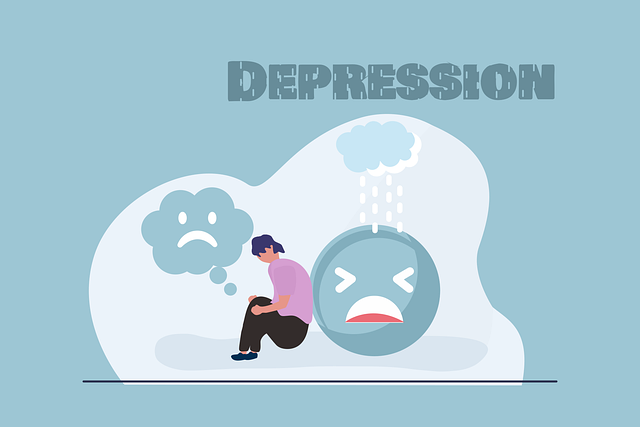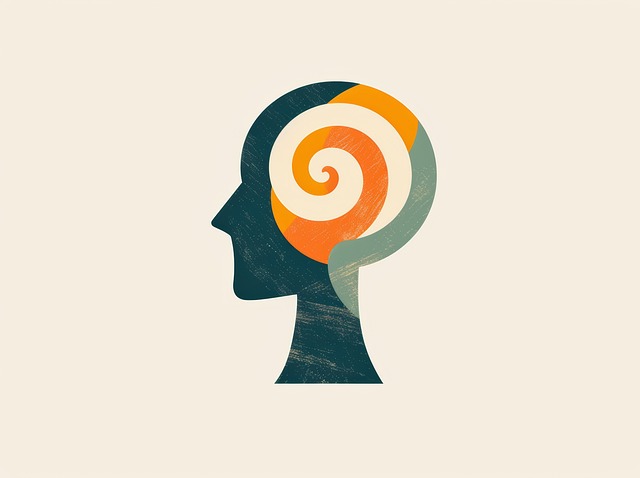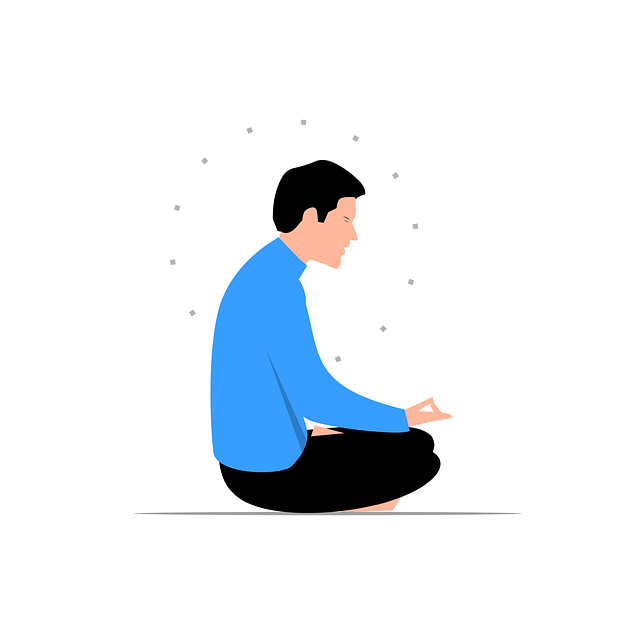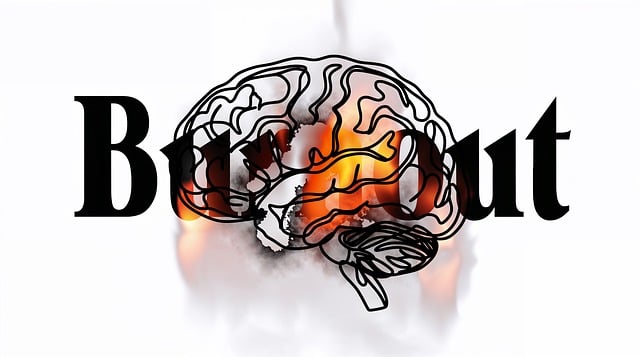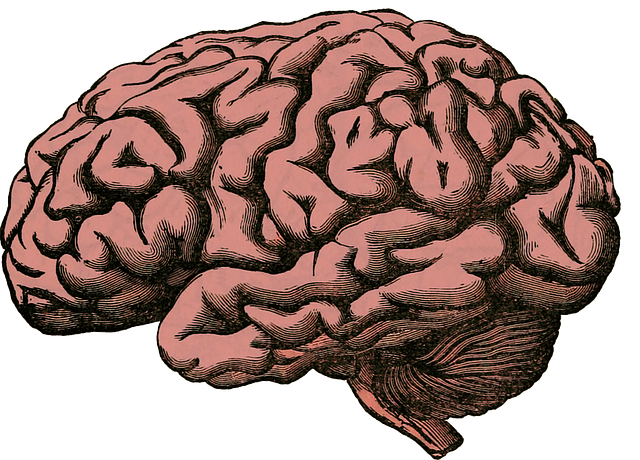Northglenn Chronic Pain Therapy offers a holistic approach to managing chronic pain by addressing physical and psychological aspects through the RFM (Reach, Function, Meaning) framework. Tailored exercises enhance reach, improve daily function, and foster purpose, empowering individuals to overcome debilitation and boost mental well-being. The integration of Resilience, Flexibility, and Mindfulness (RFM) practices complements traditional treatments, improves mood management, and provides innovative coping mechanisms for chronic pain sufferers. Despite the need for further therapist training and patient adherence, Northglenn Chronic Pain Therapy shows significant potential for better symptom management and improved quality of life.
Discover how Northglenn Therapy is revolutionizing chronic pain management through Resilient Focused Massage (RFM). This innovative approach combines traditional therapy with resilience-building exercises, offering a unique solution for long-term pain relief.
Learn about the step-by-step implementation process and explore the numerous benefits it brings to patients. We’ll also address the challenges faced by therapists integrating RFM into their practices, providing valuable insights tailored to Northglenn Chronic Pain Therapy.
- Understanding RFM and Its Role in Chronic Pain Management at Northglenn Therapy
- Implementing Resilience Building Exercises: A Step-by-Step Guide
- Benefits and Challenges of RFM Integration in Chronic Pain Therapy Practices
Understanding RFM and Its Role in Chronic Pain Management at Northglenn Therapy

At Northglenn Therapy, we recognize that chronic pain is a complex and often debilitating condition that significantly impacts an individual’s quality of life. That’s where our specialized approach comes into play, focusing on both the physical and psychological aspects of healing. Here, Understanding RFM (Reach, Function, Meaning) serves as a cornerstone in our chronic pain management programs.
RFM is a powerful framework that encourages individuals to reconnect with their abilities and find purpose, thereby fostering resilience. Through tailored exercises designed to enhance reach—the range of motion and strength—improve function in daily activities, and instill a sense of meaning and purpose, Northglenn Therapy guides patients towards a more empowered state. This holistic approach not only alleviates physical symptoms but also boosts mental health awareness and confidence-building strategies, ultimately helping individuals regain control over their lives despite chronic pain.
Implementing Resilience Building Exercises: A Step-by-Step Guide

Implementing Resilience Building Exercises is a transformative process designed to enhance emotional well-being promotion techniques and mental wellness coaching programs development. At Northglenn Chronic Pain Therapy, we’ve found that this approach not only aids in managing chronic pain but also fosters overall mental resilience. Here’s a step-by-step guide to help you navigate this journey:
1. Assess Needs: Begin by evaluating the specific needs of your clients or team members. Identify areas where resilience building can make a significant impact, whether it’s trauma support services for those dealing with past experiences or general stress management for improved mental wellness.
2. Tailor Exercises: Resilience isn’t one-size-fits-all. Tailor exercises to cater to different personalities and challenges. This could involve incorporating mindfulness practices, cognitive behavioral therapy techniques, or even physical activities like yoga or walking to help clients develop coping strategies tailored to their unique needs.
3. Create a Safe Space: Ensure the environment is welcoming and non-judgmental. Encourage open communication and emphasize that all feelings are valid. This safe space facilitates honest expression, fostering deeper engagement with the exercises.
4. Educate and Empower: Teach clients about resilience and its benefits. Explain how these exercises work and why they’re important for managing stress and promoting mental wellness. Armed with knowledge, participants feel more empowered to take charge of their emotional well-being.
5. Consistency is Key: Regularity is crucial for building resilience. Establish a consistent routine for the exercises, whether it’s daily or weekly sessions. Consistency helps in forming new neural pathways, making coping mechanisms more natural and effective over time.
Benefits and Challenges of RFM Integration in Chronic Pain Therapy Practices

Integrating RFM (Resilience, Flexibility, and Mindfulness) practices into Northglenn Chronic Pain Therapy offers a promising approach to enhancing patient care. By focusing on resilience building, therapists can empower individuals to cope with pain in innovative ways. This holistic method not only complements traditional treatments but also fosters mental wellness and improves mood management. RFM techniques encourage patients to embrace flexibility in their thinking and actions, enabling them to navigate the challenges of chronic pain with renewed perspective.
However, implementing these practices presents certain hurdles. Therapists may require additional training to effectively integrate RFM into existing treatment models. Moreover, patient adherence can vary, as learning new coping strategies demands commitment and practice. Despite these challenges, the potential benefits are significant, offering a path towards better symptom management and improved quality of life for individuals navigating the complexities of chronic pain.
Resilience-focused therapy, as demonstrated by Northglenn Chronic Pain Therapy’s implementation of RFM, offers a promising approach to managing chronic pain. By integrating resilience building exercises into treatment plans, therapists can empower individuals to cope with pain in innovative ways. This article has explored the benefits and practical steps for incorporating RFM, highlighting its potential to enhance traditional therapy practices. As research continues to support these methods, the future of chronic pain management looks promising, offering hope and improved quality of life for those who suffer from persistent pain.



